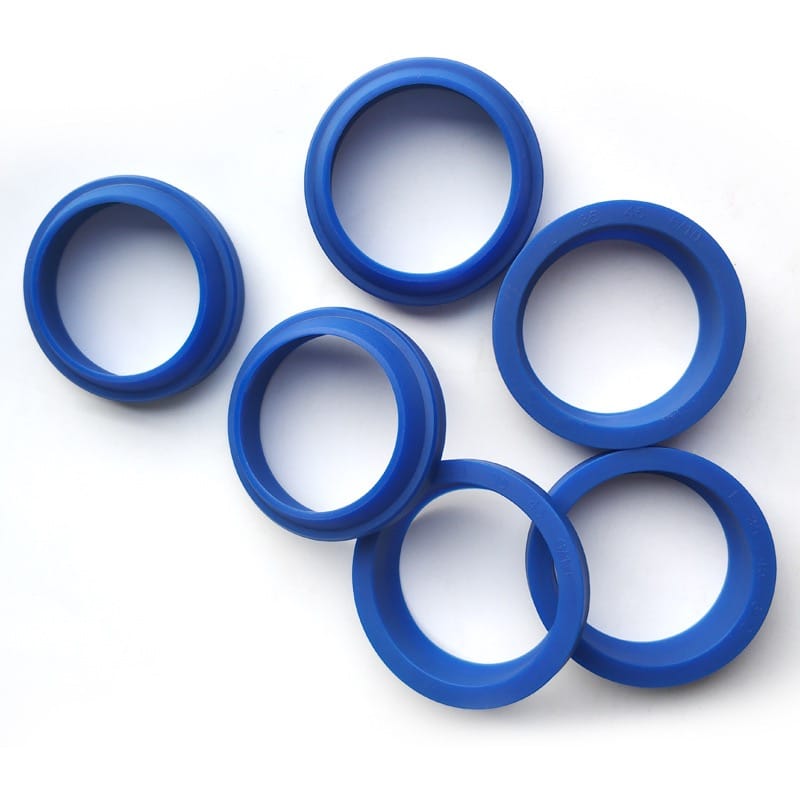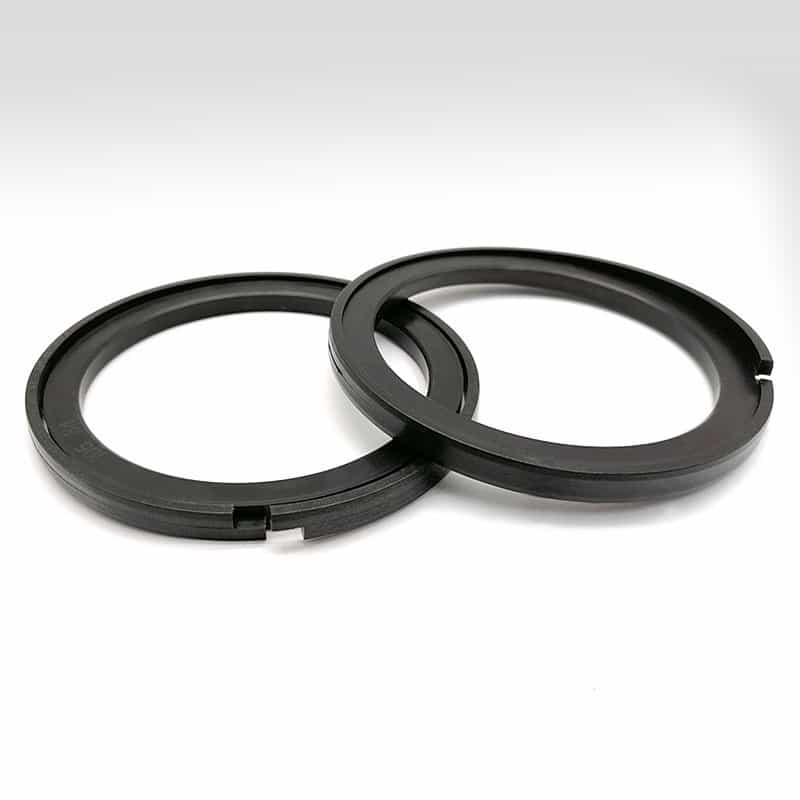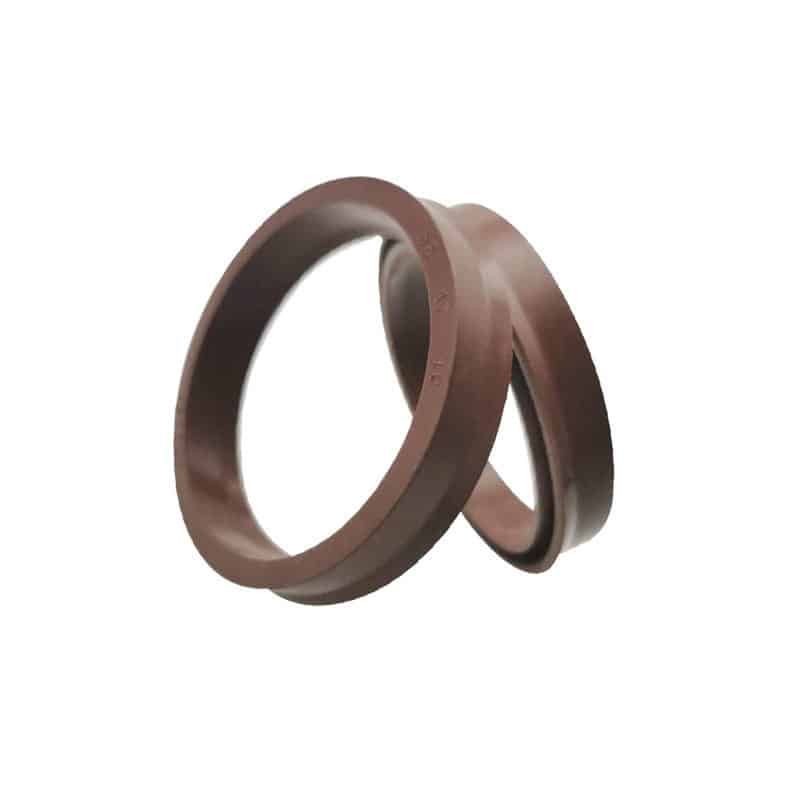Choosing the right rotary shaft seal material is crucial for achieving optimal performance and long service life. Are you wondering whether FKM, NBR, or PTFE is the best fit for your application?
This guide compares FKM, NBR, and PTFE rotary shaft seals, focusing on their chemical resistance, temperature tolerance, mechanical strength, and cost-effectiveness.

Selecting the right material ensures maximum protection against leaks, abrasion, and harsh operating conditions. Let’s explore the differences to help you make a smarter choice.
What are the key differences between FKM, NBR, and PTFE shaft seals?
FKM, NBR, and PTFE differ significantly in chemical compatibility, temperature limits, mechanical properties, and cost, each serving distinct industrial needs.
FKM shaft seals provide excellent heat and chemical resistance, NBR seals are cost-effective for oil-based environments, while PTFE seals deliver unmatched chemical and thermal durability.

For industries handling chemicals, selecting PTFE shaft seals offers superior reliability compared to traditional rubber-based seals.
How does temperature resistance compare among FKM, NBR, and PTFE?
Temperature extremes can degrade seals and cause failures. Each material responds differently to heat and cold:
- ノンブル: Suitable from -40°C to +120°C
- フッ化水素: Functions effectively between -20°C to +205°C
- PTFE: Withstands -70°C to +260°C
PTFE is the clear winner for both high-heat and cryogenic environments.

If your application demands high thermal endurance, consider high-temperature sealing solutions for best results.
Which material provides better chemical resistance?
Exposure to harsh chemicals is a major cause of seal failure. Here's how the materials stack up:
- ノンブル: Good for petroleum oils, but weak against strong acids and solvents
- フッ化水素: Resistant to a wide range of aggressive chemicals and solvents
- PTFE: Excellent universal chemical resistance
PTFE remains stable in environments where both NBR and FKM degrade.
When handling aggressive chemicals, fluorocarbon and PTFE seals should be your primary choice.
How do mechanical properties differ between FKM, NBR, and PTFE?
Durability and wear resistance are key to sealing success:
- ノンブル: High flexibility and abrasion resistance
- フッ化水素: Excellent strength, low compression set, and moderate flexibility
- PTFE: Low friction, outstanding wear resistance, but lower flexibility
For high-speed, low-friction applications, PTFE excels, while FKM balances flexibility and strength.

If you need seals for dynamic equipment, reliable radial shaft seals with PTFE material are ideal.
What are the cost implications of choosing FKM, NBR, or PTFE?
Price plays a significant role in material selection:
- ノンブル: Most affordable option
- フッ化水素: Moderately priced, with better chemical and thermal performance
- PTFE: Highest upfront cost, but longer service life
While NBR saves on initial costs, PTFE offers the best total cost of ownership over time.
For industries aiming for fewer maintenance cycles, investing in custom PTFE seals makes long-term financial sense.
結論
Choosing between FKM, NBR, and PTFE shaft seals depends on your specific operating conditions, budget, and performance expectations. PTFE stands out for extreme chemical and thermal environments, while FKM balances cost and durability, and NBR is best for general oil-resistant applications.
Need expert help selecting the best shaft seal?
Contact us today to find the most cost-effective and durable sealing solution for your equipment!
メールアドレス: [email protected]
電話: +86 17622979498
Related topic
- FKM vs NBR Oil Seal: Which One Should You Choose?
- 過酷な化学用途に PTFE シールを選択する理由 (2025 ガイド)
- Oil Seal vs O-Ring: 5 Key Comparisons (Essential)
- High-Temperature Sealing: How to Prevent Failures in Extreme Conditions?


